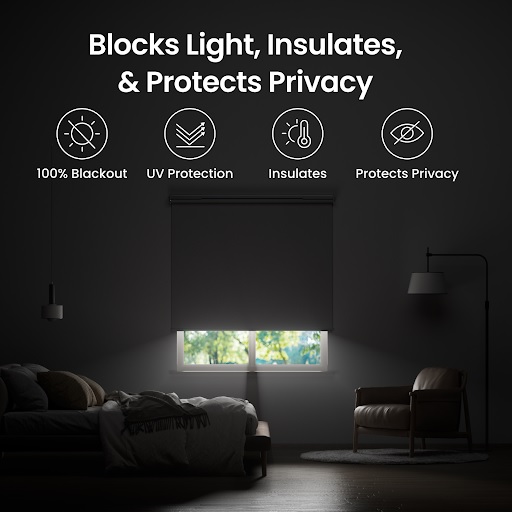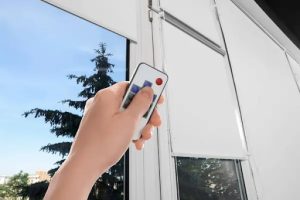As smart home technology continues to become more accessible and affordable, automating your roller shades has emerged as a practical upgrade that blends style with convenience. Whether you’re aiming to streamline your daily routine or improve energy efficiency, motorized roller shades with automation capabilities provide a sophisticated solution. With the right setup, you can control lighting, privacy, and temperature with just a tap or voice command.
Why Automate Your Roller Shades?
Manual blinds may do the job, but automation offers a level of control that can significantly enhance your lifestyle. By choosing to automate roller shades, you can set them to open and close at specific times, react to sunlight levels, or even integrate them with your existing smart home devices. This not only improves comfort but also helps maintain privacy and manage energy consumption more effectively.
In rooms where natural light plays a big role—like living rooms, home offices, or bedrooms—automation lets you make the most of daylight while reducing glare or heat. In the evening, shades can automatically close to ensure privacy without requiring you to lift a finger.
Choosing the Right Motorized Shades for Automation
To start the automation process, you need roller shades equipped with a motorized mechanism. Many manufacturers now offer motor-ready shades compatible with home automation systems. Look for models with quiet, efficient motors and a design that complements your interior style.
Motorized shades typically operate via battery, plug-in power, or hardwired systems. Battery-powered shades are great for retrofits or apartments, while hardwired options are best for new builds or major renovations where power access is easy.
Smart Home Integration Options
Once you have your motorized shades, the next step is integration. Most brands support connections with popular smart home platforms like Google Home, Amazon Alexa, and Apple HomeKit. This means you can use voice commands or smartphone apps to operate your shades individually or as part of a routine.
For example, you can create a “Good Morning” routine that opens your shades at sunrise and turns on the lights. Similarly, a “Movie Time” routine can close the shades and dim the lights for an optimal viewing experience.
Some systems also include sensors that adjust your shades based on temperature or sunlight exposure. These adjustments can reduce your heating and cooling costs while maintaining indoor comfort.
Using Automation Apps and Hubs
Smart roller shades often come with dedicated apps that allow scheduling and control from your phone or tablet. If you use multiple smart devices in your home, a central hub like Samsung SmartThings or Apple Home Hub can unify all your automation settings, making it easier to coordinate shades with other devices like lights, thermostats, or security systems.
Remote access is another benefit. Even when you’re away from home, you can raise or lower your shades for security, energy savings, or convenience.
Energy Efficiency and Privacy
Automated roller shades can help improve your home’s energy efficiency. In summer, you can program shades to close during the hottest part of the day to reduce cooling needs. In winter, opening them during daylight hours allows natural warmth to enter, reducing heating usage.
For privacy, automation ensures your shades lower every evening at sunset. You no longer have to remember to pull them down manually, and you gain peace of mind knowing your home isn’t exposed after dark.
Aesthetic and Design Considerations
Automated roller shades are available in a wide range of materials, colors, and textures to suit any interior design scheme. Whether you prefer sheer fabrics that diffuse light or blackout materials for complete darkness, there’s an option for every room and purpose.
The mechanism itself is often designed to be discreet. Many models feature hidden motors and minimal wiring, maintaining the clean lines and simplicity roller shades are known for.
Installation and Professional Support
While DIY installation is possible for some battery-powered shades, professional installation is recommended for hardwired or fully integrated systems. A professional can ensure proper alignment, configure automation settings, and help with integration into your existing smart home system.
You should also consider future-proofing your setup by choosing products with firmware update capabilities, so your system stays compatible as technology evolves.
Conclusion
Automating your roller shades isn’t just a luxury—it’s a smart investment in comfort, energy efficiency, and home value. With a wide variety of motorized options and seamless smart home integrations, upgrading to automated roller shades allows you to take control of your living space in a modern, effortless way.
Whether you’re looking to enhance privacy, streamline your routine, or just enjoy the convenience of controlling your shades with your phone or voice, the right setup can transform your home environment. As automation continues to evolve, smart roller shades are poised to become a standard feature in every modern household.


